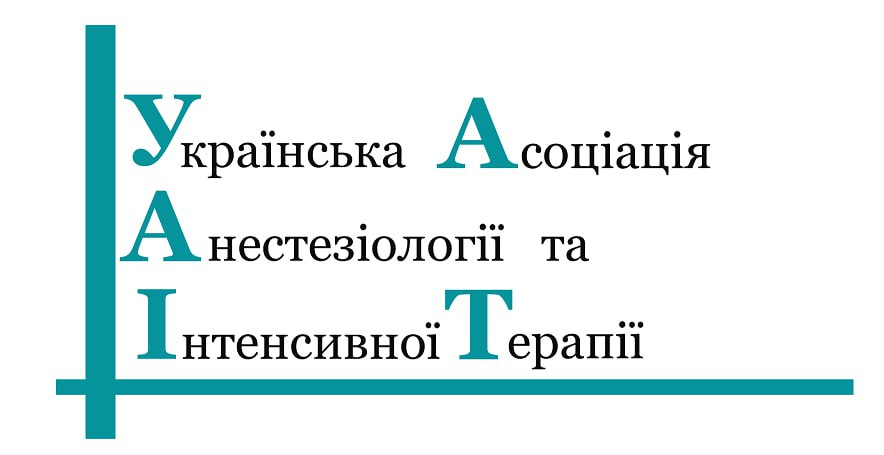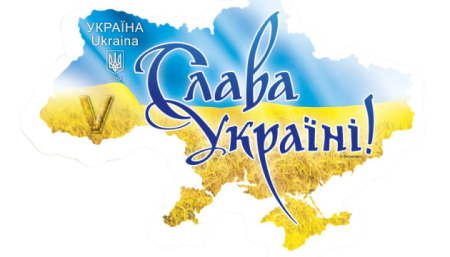Normes internationales pour une pratique sécuritaire de l’anesthésie de l’Organisation mondiale de la santé et de la Fédération mondiale des sociétés d’anesthésiologie (OMS-FMSA)
DOI:
https://doi.org/10.1007/s12630-018-1111-5Анотація
Received: 7 December 2017 / Revised: 21 February 2018 / Accepted: 22 February 2018
© Canadian Anesthesiologists’ Society 2018
This article is jointly published in the Canadian Journal of Anesthesia and Anesthesia & Analgesia.
WHO ePub clearance: WHO ePub-IP_00090890-EC.
Abstract The International Standards for a Safe Practice of Anesthesia were developed on behalf of the World Federation of Societies of Anaesthesiologists (WFSA), a nonprofit organization representing anesthesiologists in 150 countries, and the World Health Organization (WHO). The recommendations have been approved by WHO and the membership of WFSA. These Standards are applicable to all anesthesia providers throughout the world. They are intended to provide guidance and assistance to anesthesia providers, their professional organizations, hospital and facility administrators, and governments for maintaining and improving the quality and safety of anesthesia care. The Standards cover professional aspects; facilities and equipment; medications and intravenous fluids; monitoring; and the conduct of anesthesia. HIGHLY RECOMMENDED standards, the functional equivalent of mandatory standards, include (amongst other things): the continuous presence of a trained and vigilant anesthesia provider; continuous monitoring of tissue oxygenation and perfusion by clinical observation and a pulse oximeter; intermittent monitoring of blood pressure; confirmation of correct placement of an endotracheal tube (if used) by auscultation and carbon dioxide detection; the use of the WHO Safe Surgery Checklist; and a system for transfer of care at the end of an anesthetic. The International Standards represent minimum standards and the goal should always be to practice to the highest possible standards, preferably exceeding the standards outlined in this document.
Résumé Les Normes internationales pour une pratique sécuritaire de l’anesthésie ont été élaborées pour le compte de la Fédération mondiale des sociétés d’anesthésiologie (FMSA), un organisme sans but lucratif représentant des anesthésiologistes de 150 pays, et l’Organisation mondiale de la santé (OMS). Les recommandations ont été approuvées par l’OMS et les membres de la FMSA. Ces normes s’appliquent à tous les prestataires d’anesthésie dans le monde entier. Ils ont pour but de fournir des conseils et d’aider les prestataires d’anesthésie, leurs organisations professionnelles, les hôpitaux et les administrateurs des établissements, ainsi que les gouvernements à maintenir et améliorer la qualité et la sécurité des soins anesthésiques. Les normes couvrent les aspects professionnels, les établissements et l’équipement, les médicaments et solutés intraveineux, la surveillance et le déroulement d’une anesthésie. Les normes TRÈS FORTEMENT RECOMMANDÉES, en pratique l’équivalent de normes obligatoires, incluent, entre autres choses : la présence continue d’un prestataire d’anesthésie formé et vigilant, la surveillance constante de l’oxygénation et de la perfusion des tissus par l’observation clinique et un oxymètre de pouls, la mesure intermittente de la pression artérielle, la confirmation du placement correct du tube endotrachéal (si utilisé) par l’auscultation et la détection de dioxyde de carbone, l’utilisation de la liste de vérification d’une chirurgie sécuritaire de l’OMS, et un système de transfert des soins à la fin d’une anesthésie. Les normes internationales représentent des normes minimales et l’objectif devrait toujours être une pratique selon les normes les plus élevées possible, de préférence allant au-delà de celles qui sont soulignées dans ce document.
Посилання
Institute of Medicine (US) Committee on Quality of Health Care in America; Kohn LT, Corrigan JM, Donaldson MS (Eds). To Err is Human: Building a Safer Health System. Washington DC: The National Academies Press; 2000.

Braz LG, Braz DG, Cruz DS, Fernandes LA, Modolo NS, Braz JR. Mortality in anesthesia: a systematic review. Clinics (Sao Paulo) 2009; 64: 999-1006.
 |
|  |
| 
Merry AF, Cooper JB, Soyannwo O, Wilson IH, Eichhorn JH. An iterative process of global quality improvement: the International Standards for a Safe Practice of Anesthesia 2010. Can J Anesth 2010; 57: 1021-6.
 |
|  |
| 
Merry AF, Cooper JB, Soyannwo O, Wilson IH, Eichhorn JH. International Standards for a Safe Practice of Anesthesia 2010. Can J Anesth 2010; 57: 1027-34.
Meara JG, Leather AJ, Hagander L, et al. Global surgery 2030: evidence and solutions for achieving health, welfare, and economic development. Lancet 2015; 386: 569-624.
 |
|  |
| 
Debas HT, Donkor P, Gawande A, Jamison DT, Kruk ME, Mock CN. Essential surgery. Disease Control Priorities. Washington, DC: World Bank Group - 2015. Available from URL: http://documents.worldbank.org/curated/en/655391468130824512/Essential-surgery (accessed February 2018).
World Health Assembly. Resolution 68.15. Strengthening emergency and essential surgical care and anaesthesia as a component of universal health coverage. World Health Assembly, Geneva, May 2015. Available from URL: http://apps.who.int/medicinedocs/documents/s21904en/s21904en.pdf (accessed February 2018).
O’Neill KM, Greenberg SL, Cherian M, et al. Bellwether procedures for monitoring and planning essential surgical care in low- and middle-income countries: caesarean delivery, laparotomy, and treatment of open fractures. World J Surg 2016; 40: 2611-9.
 |
|  |
| 
Apfelbaum JL, Silverstein JH, Chung FF, et al. Practice guidelines for postanesthetic care: an updated report by the American Society of Anesthesiologists Task Force on Postanesthetic Care. Anesthesiology 2013; 118: 291-307.
 |
|  |
| 
##submission.downloads##
Опубліковано
Як цитувати
Номер
Розділ
Ліцензія
Авторське право (c) 2018 A. W. Gelb, W. W. Morriss, W. Johnson, A. F. Merry

Ця робота ліцензується відповідно до Creative Commons Attribution-NonCommercial 4.0 International License.
Автори, які публікуються у цьому журналі, погоджуються з наступними умовами:
a. Автори залишають за собою право на авторство своєї роботи та передають журналу право першої публікації цієї роботи на умовах ліцензії Creative Commons Attribution-NonCommercial 4.0 International License, котра дозволяє іншим особам вільно розповсюджувати опубліковану роботу з обов'язковим посиланням на авторів оригінальної роботи та першу публікацію роботи у цьому журналі.
b. Автори мають право укладати самостійні додаткові угоди щодо неексклюзивного розповсюдження роботи у тому вигляді, в якому вона була опублікована цим журналом (наприклад, розміщувати роботу в електронному сховищі установи або публікувати у складі монографії), за умови збереження посилання на першу публікацію роботи у цьому журналі.
c. Політика журналу дозволяє і заохочує розміщення авторами в мережі Інтернет (наприклад, у сховищах установ або на особистих веб-сайтах) рукопису роботи, як до подання цього рукопису до редакції, так і під час його редакційного опрацювання, оскільки це сприяє виникненню продуктивної наукової дискусії та позитивно позначається на оперативності та динаміці цитування опублікованої роботи (див. The Effect of Open Access).








